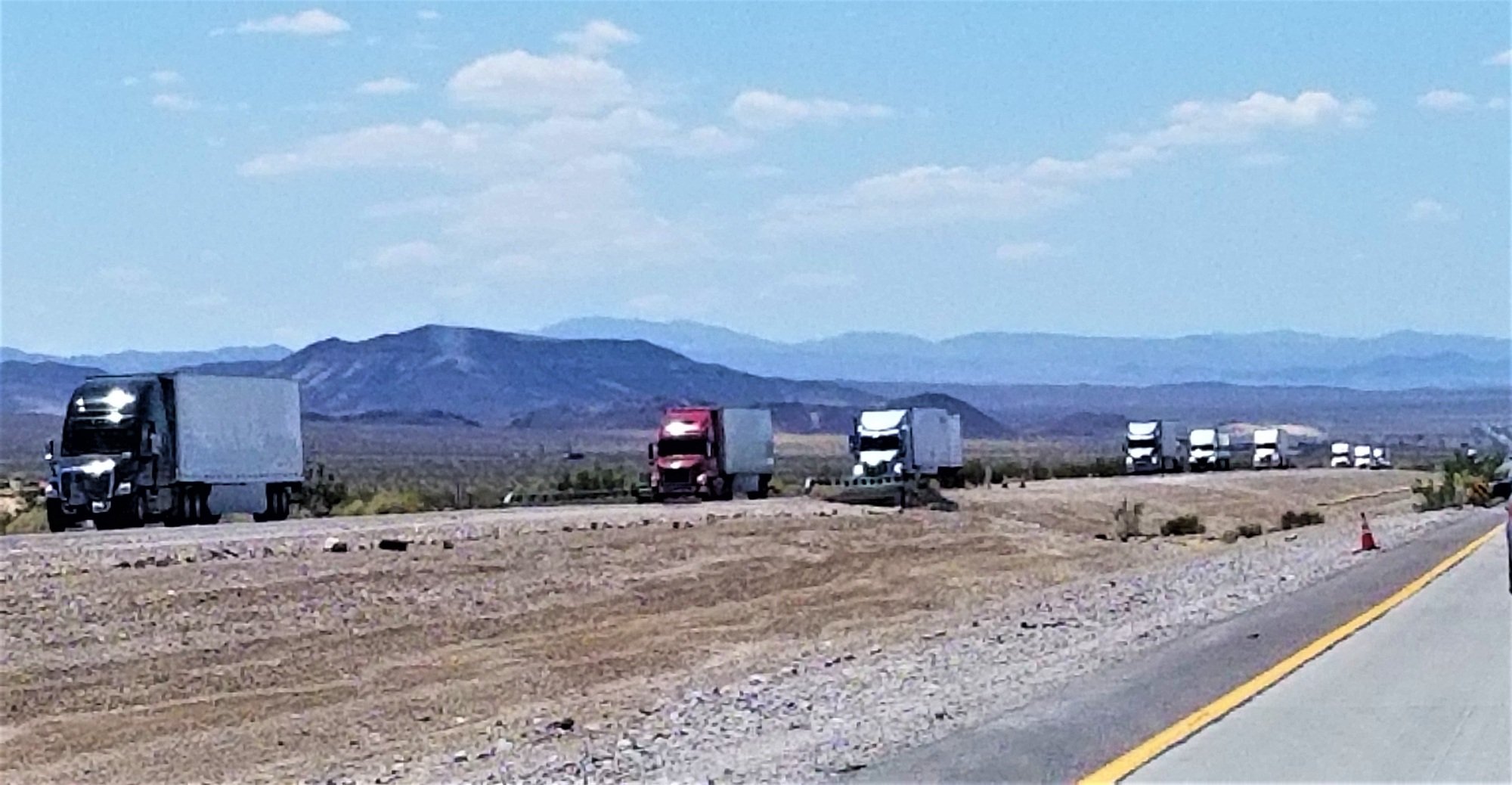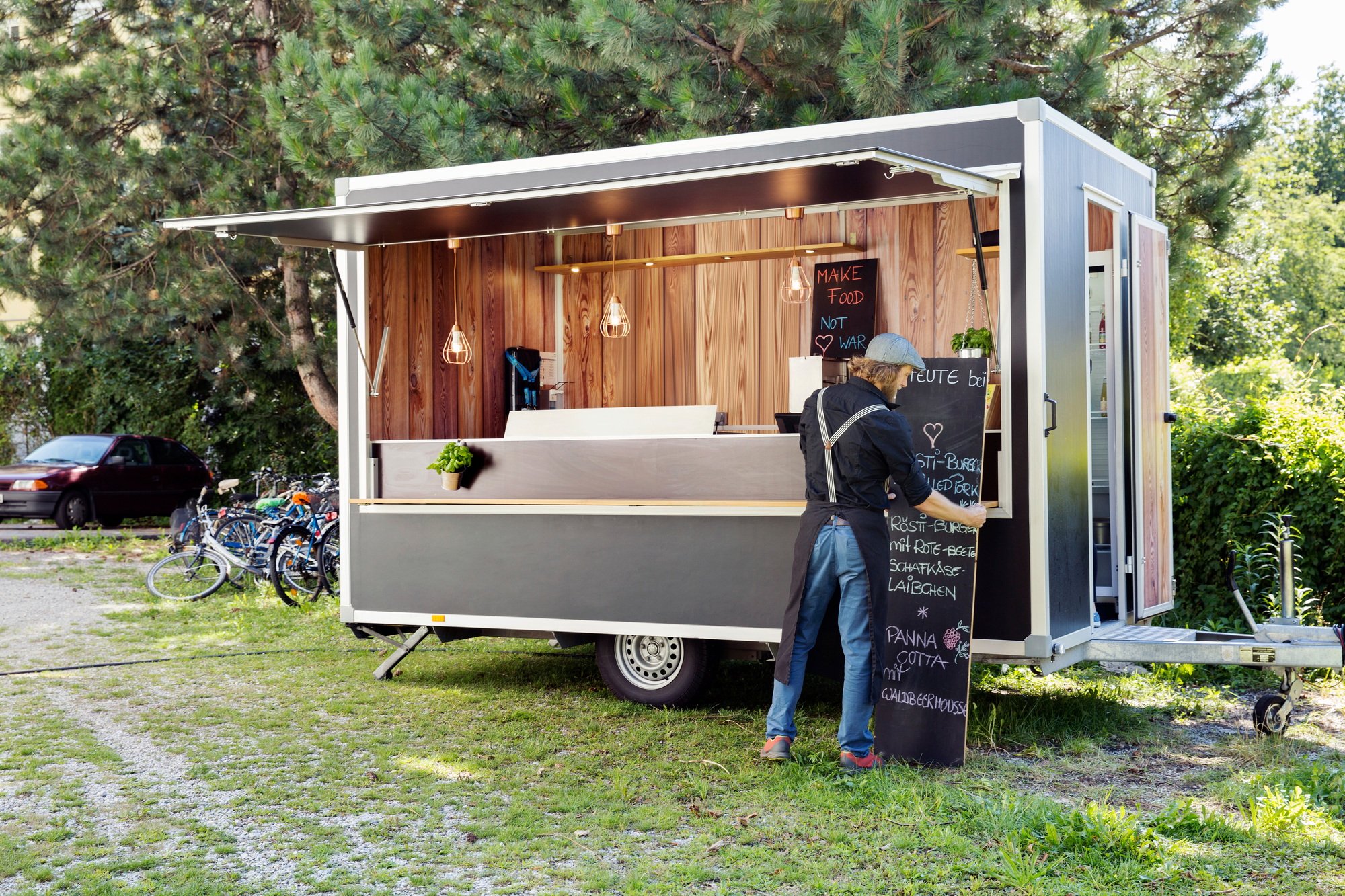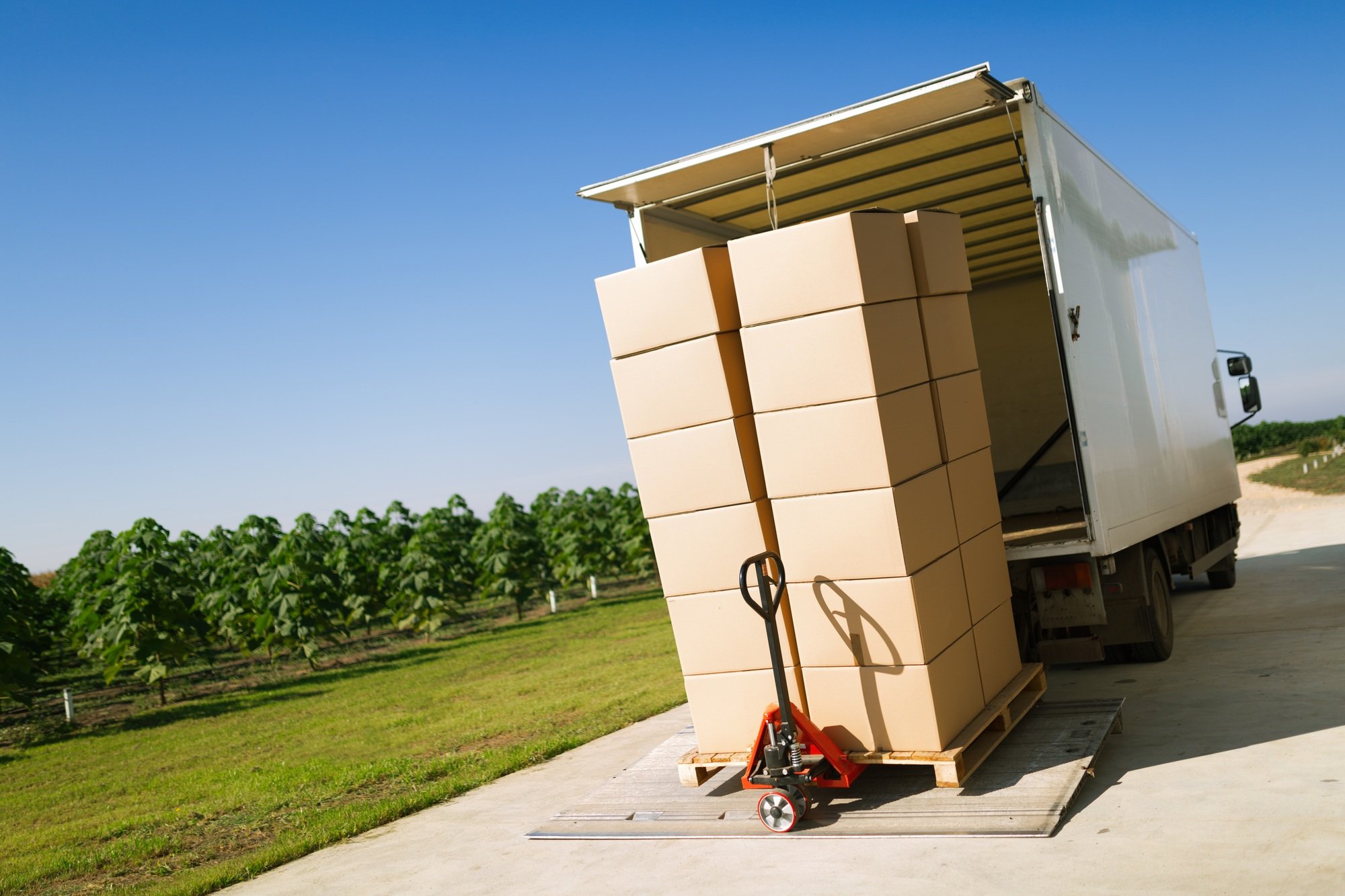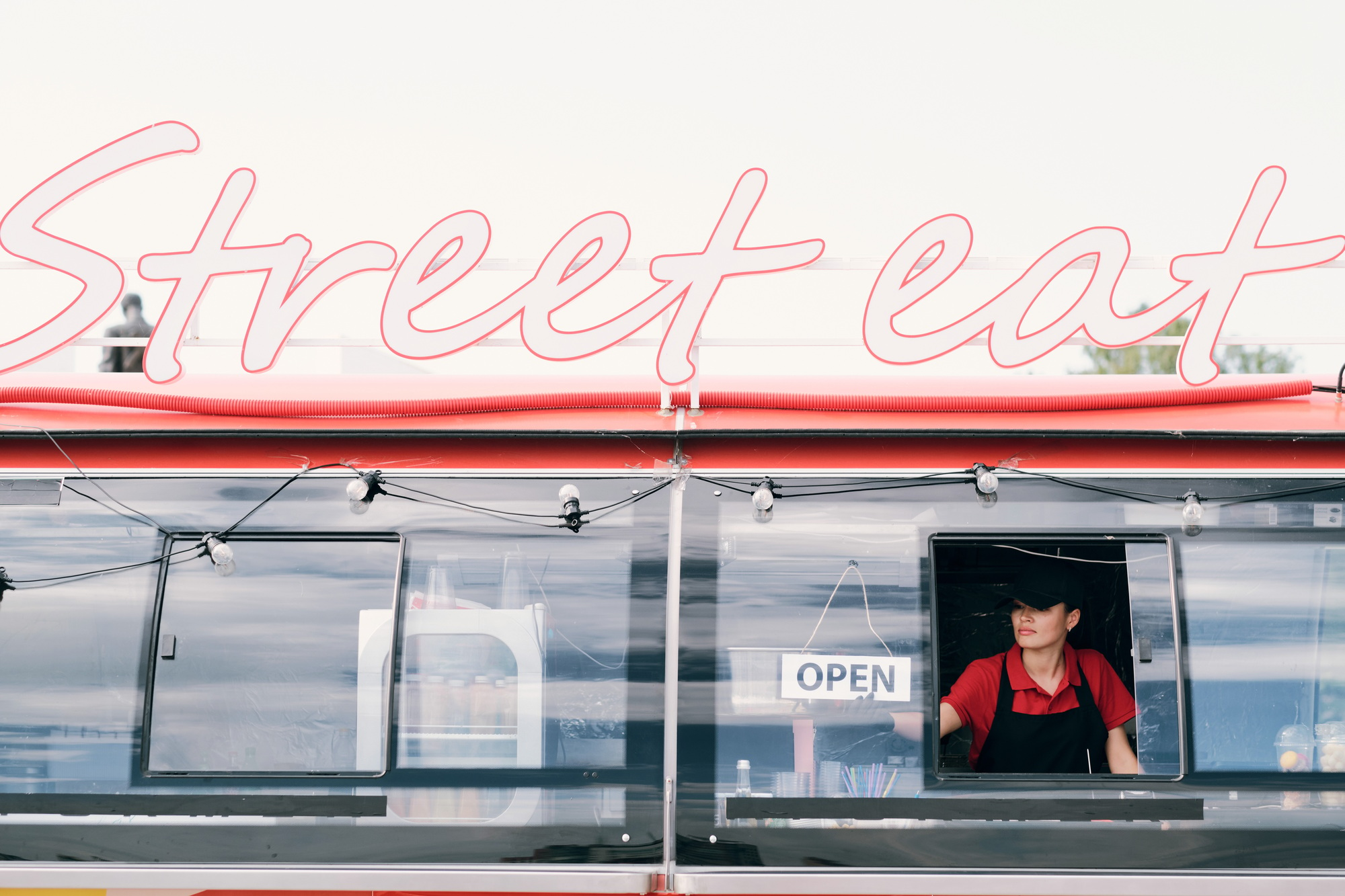Key Takeaways

- Understand the Hotshot Business Model: Grasp the fundamentals of hotshot trucking, which involves delivering time-sensitive loads using smaller vehicles for quick profitability.
- Essential Licensing and Insurance: Secure the necessary licenses, such as a CDL, and obtain appropriate insurance coverage to protect your business and comply with regulations.
- Analyze Market Demand: Conduct thorough market research to identify the demand for expedited freight in your area and study competitors to refine your services.
- Invest in Reliable Equipment: Choose suitable vehicles and trailers, such as light-duty trucks and gooseneck trailers, to ensure efficiency and meet diverse cargo needs.
- Leverage Technology: Implement dispatch software, GPS tracking, and accounting tools to streamline operations and manage finances effectively.
- Build a Strong Brand and Online Presence: Create a memorable brand identity and utilize online platforms, including SEO and social media, to attract clients and promote your hotshot business.
If you’re looking for a way to break into the transportation industry, starting a hotshot business could be your ticket to success. Hotshot trucking involves delivering time-sensitive loads, often using smaller trucks or trailers, making it a flexible and lucrative option for entrepreneurs. With the right strategy and planning, you can carve out your niche in this fast-paced market.
Getting started doesn’t have to be overwhelming. You’ll need to understand the basics of the industry, from securing the right equipment to navigating regulations. With the demand for expedited freight on the rise, now’s the perfect time to take the leap and turn your passion for driving into a thriving business. Let’s dive into the essential steps to launch your hotshot trucking venture and set yourself up for success.
Understanding The Hotshot Business

Understanding the hotshot business is vital for successfully launching your small business in the transportation sector. This niche focuses on delivering time-sensitive loads using smaller trucks or trailers, giving you flexibility and the opportunity to generate profits quickly.
Key Components of Hotshot Business
- Equipment: Choose the right type of vehicle, such as a heavy-duty pickup truck or a flatbed trailer. Reliable equipment is essential for maintaining your service quality.
- Regulations: Familiarize yourself with transportation regulations, including licensing and insurance requirements. Compliance ensures smooth operations and avoids legal issues.
- Market Demand: Analyze the demand for expedited freight in your area. Businesses often require urgent deliveries, so positioning yourself to meet this need enhances your competitiveness.
- Networking: Build relationships with shippers, freight brokers, and other transportation professionals. Networking can lead to valuable contracts and help grow your small business.
- Pricing Strategy: Develop a transparent pricing structure that reflects your costs while remaining competitive. Pricing affects customer perception and can influence your profitability.
By grasping these components, you enhance your ability to effectively navigate the hotshot trucking landscape. The insights gained help you understand not just how to start a business, but how to grow and sustain it in a dynamic market.
Preparing To Start Your Hotshot Business

Starting a hotshot trucking business requires careful planning and attention to key regulatory requirements.
Licenses and Permits
- Obtain a valid Class D driver’s license or a Commercial Driver’s License (CDL) for hauling loads over 10,000 lbs. Ensure compliance with local regulations.
- Get a Medical Card from the Department of Transportation by passing a physical exam conducted by a DOT-certified medical examiner to confirm your health and ability to drive.
- Register your business with your state to acquire a Federal Employer Identification Number (EIN) and a USDOT Number. If you operate across state lines, secure an MC Number from the Federal Motor Carrier Safety Administration (FMCSA) for proper authorization.
Business Registration and Insurance
- Register your business entity to obtain a federal tax ID (EIN). This step allows you to open a business bank account and hire employees, establishing a solid foundation for your startup.
- Ensure you secure adequate insurance coverage for your hotshot business. Coverage options can include liability insurance, cargo insurance, and commercial vehicle insurance, all essential for protecting your business assets.
Conducting Market Research
- Analyze industry trends to identify the demand for hotshot trucking services in your area. Use resources like the FMCSA or transportation industry reports to gain insights into market dynamics.
- Study your competitors to determine their strengths and weaknesses. Understand their service areas, pricing strategies, and customer feedback. This information helps refine your service offerings.
Identifying Your Target Audience
- Define your target audience by pinpointing specific industries or businesses that require expedited freight services. Examples include construction companies, automotive repair shops, and e-commerce retailers.
- Create customer personas based on demographic factors, such as business size, location, and shipping needs. This targeting enables you to tailor your marketing strategy effectively, making your business more appealing to potential clients.
Essential Equipment And Tools

Starting a hotshot trucking business requires the right equipment and tools to ensure efficiency and safety while transporting cargo. Focus on acquiring essential supplies, vehicles, and technology to set your startup on the path to success.
Vehicles And Trailers
- Light-Duty Pickup Trucks: Select reliable light-duty trucks designed for hauling cargo. Look for models with a towing capacity of at least 10,000 pounds.
- Gooseneck Trailers: Use gooseneck trailers for larger loads to provide improved stability and weight distribution. Choose trailers with a weight capacity that suits your typical haul.
- Flatbed Trailers: Flatbed trailers offer versatility for various cargo types. Opt for adjustable sizes to accommodate different load dimensions and secure the best delivery options.
- Enclosed Trailers: Consider enclosed trailers for transporting sensitive and high-value items. These trailers protect cargo from weather elements and provide added security.
Technology Tools And Software
- Dispatch Software: Implement dispatch software to streamline operations. Effective software schedules jobs, tracks loads, and manages communications with clients.
- GPS Tracking Systems: Utilize GPS tracking for real-time location updates. These systems improve route efficiency and provide customers with accurate delivery times.
- Accounting Tools: Use accounting software to track expenses and revenue. Accurate financial management supports budgeting and cash flow analysis in your small business.
- Load Board Platforms: Leverage load board platforms to find freight opportunities. These platforms connect you with shippers and provide access to a larger network of potential clients.
Legal Considerations

Starting a hotshot trucking business involves navigating several critical legal aspects. Understanding the legal landscape sets a solid foundation for your small business.
Licensing And Permits
To operate legally, you must obtain the necessary licenses and permits. Depending on the weight of your truck and trailer combination, you’ll likely need a Commercial Driver’s License (CDL). Additionally, you must register your business with your state’s Secretary of State office to establish a legal entity, such as a Limited Liability Company (LLC). This approach offers flexibility and protects your personal assets.
Ensure compliance with federal and state regulations. Companies operating commercial vehicles must register with the Federal Motor Carrier Safety Administration (FMCSA). Acquire a USDOT Number and, if applicable, an MC Number for interstate operations. Having these licenses and permits ensures compliance and helps avoid potential fines.
Insurance Requirements
Insurance plays a vital role in protecting your hotshot trucking business. Obtain liability insurance to cover any damages or injuries caused during your operations. Carry cargo insurance to safeguard the loads you transport. Additionally, secure commercial vehicle insurance to protect your truck and trailer from damages or accidents. Accruing adequate insurance coverage mitigates risks, making your small business more appealing to clients and partners.
Marketing Your Hotshot Business

Marketing your hotshot business requires strategic efforts to establish visibility and attract clients. Focus on creating a strong brand and leveraging online platforms to enhance your outreach.
Building A Brand
Building a brand involves creating a distinct identity that reflects your values and services. Start with a memorable business name, a professional logo, and a consistent color scheme. Define your unique selling propositions (USPs), such as expedited delivery or specialized cargo handling. Craft a tagline that resonates with your target market. Consider networking within your community to establish credibility and gain referrals. Your brand should convey reliability and professionalism, essential attributes for a successful small business in the hotshot trucking industry.
Utilizing Online Platforms
Utilizing online platforms enhances your marketing efforts significantly. Create a user-friendly website that showcases your services, equipment, and contact information. Use search engine optimization (SEO) techniques to ensure potential clients can find your site easily. Join social media platforms, such as Facebook, Instagram, and LinkedIn, to engage with customers and share updates. Leverage load board platforms to connect with shippers and clients in need of expedited freight services. Regularly post updates, share success stories, and promote special offers to maintain visibility in a competitive market.
Conclusion

Starting a hotshot trucking business can be an exciting and rewarding venture. With the right preparation and knowledge you can tap into a growing market that values speed and reliability. Focus on understanding the industry landscape and building a solid foundation with the right equipment and legal protections.
Don’t underestimate the power of networking and marketing. Establishing strong connections and promoting your services effectively will set you apart from the competition. As you embark on this journey remember that adaptability and dedication are key to long-term success. Embrace the challenges and opportunities that come your way, and you’ll be well on your way to thriving in the hotshot trucking world.
Frequently Asked Questions

What is hotshot trucking?
Hotshot trucking refers to a specialized freight transport service that delivers time-sensitive loads using light-duty trucks or trailers. It caters to urgent shipping needs, enabling quick deliveries for various industries.
What equipment is needed for a hotshot trucking business?
Essential equipment includes a reliable light-duty pickup truck with a towing capacity of at least 10,000 pounds and various trailers like gooseneck, flatbed, or enclosed trailers, based on cargo requirements.
What licenses are required to start a hotshot trucking business?
You need a Commercial Driver’s License (CDL) and registration with the Federal Motor Carrier Safety Administration (FMCSA) to legally operate a hotshot trucking business.
How do I find clients for my hotshot trucking service?
Finding clients involves building a strong online presence through a professional website and social media. Also, consider utilizing load boards and networking with industry contacts to connect with potential shippers.
Why is market research important for hotshot trucking?
Market research helps identify industry trends, analyze competitor dynamics, and define your target audience. Understanding demand enables you to tailor your services and pricing effectively.
What kind of insurance do I need for hotshot trucking?
You need liability, cargo, and commercial vehicle insurance to protect your business from potential losses and risks, enhancing your appeal to clients and partners.
How can I effectively market my hotshot trucking business?
Effective marketing involves creating a memorable brand identity, utilizing online platforms for visibility, and engaging with clients through social media and a user-friendly website.
What are the benefits of starting a hotshot trucking business?
Hotshot trucking offers flexibility, the potential for high profitability, and the ability to cater to a growing demand for expedited freight services across various industries.
Image Via Envato



